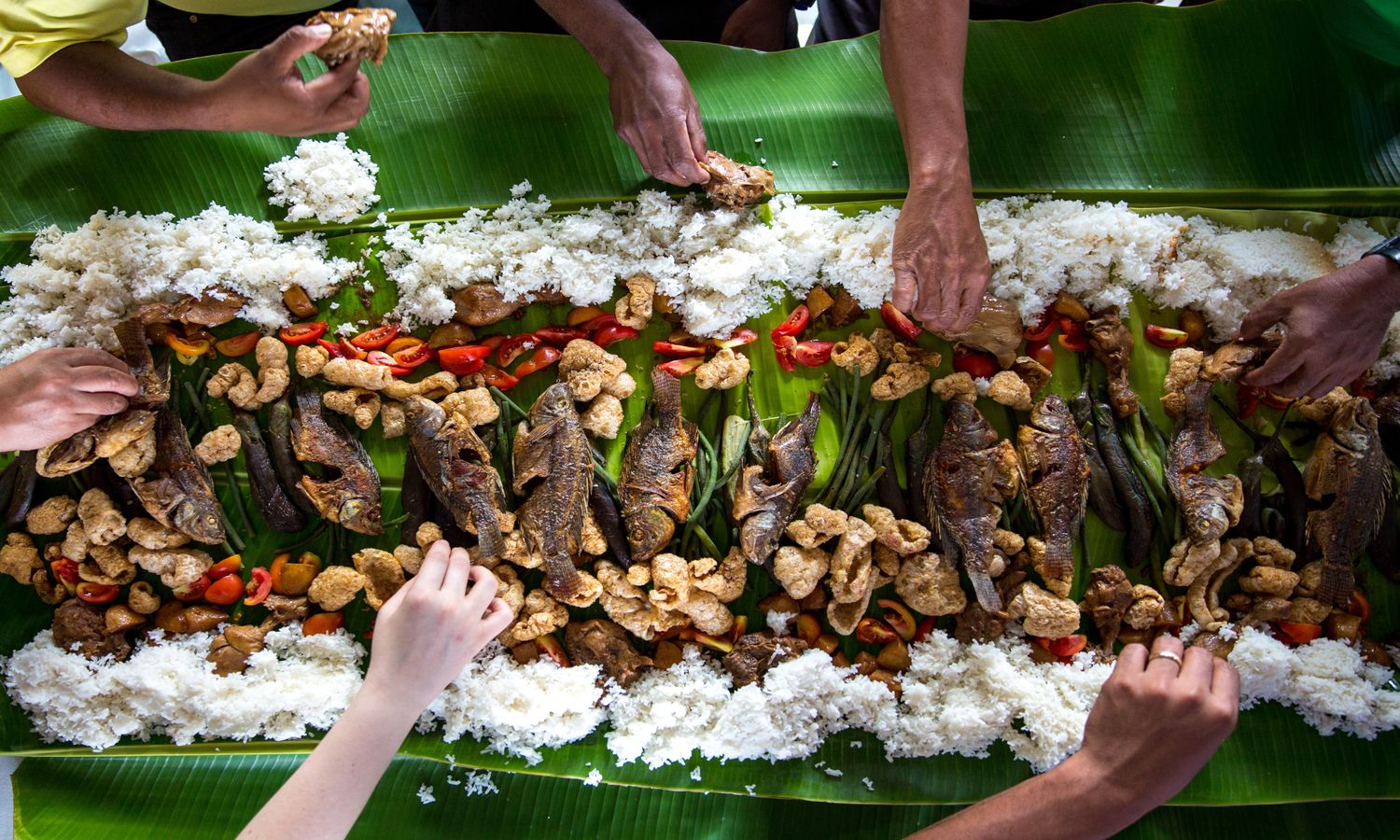India’s estimated 10 million weddings a year contribute significantly to its annual food waste, worth about US$14 billion in losses. According to the NGO Feeding India, 10 to 20 percent of the food served at weddings goes to waste. NGOs, catering companies, and governments across India are stepping in to tackle food losses through technology, laws, and challenging traditions.
Lavish banquets, stuffed bins
In Bangalore, 85,000 weddings per year throw away about 943 metric tons of food, according to a 2012 study from the University of Agricultural Science (UAS), Bangalore. That is enough to give 26 million people a decent meal, the researchers say.
“Weddings are one of the biggest events in this culture and they happen at a very large scale,” says Vaibhav Jani to Food Tank. Jani is a partner at Gyanjee Sweet and Caterers, an Indian company working in the food service industry for over 30 years. “People want big menus with plenty of options. If they’ve seen a food setup in another wedding, they will want a more lavish one for themselves.”
Globalization has shifted preferences and tastes among Indians. Wedding buffets can now serve 250 to 300 different dishes, a 2017 study from the Department of Consumer Affairs in the Delhi Region shows. Growing incomes allow the rising middle class to follow the elites in splurging on their special day, according to the research. The same study shows that in the last 10 to 15 years the way Indians celebrate has changed, and survey takers agree that this has driven up spending on food.
Big day splurge
In just a few generations, prices per plate have increased by 100 times, Jani confirms to Food Tank. “And having a lavish wedding is traditional, not limited to the very rich,” he adds. In fact, the Delhi research observes that people from poorer backgrounds are also willing to spend their savings. People in India spend about one-fifth of the wealth they accumulate in their lifetime on a wedding ceremony, highlights IndianRetailer.com, with food accounting for the biggest proportion, at about 24 percent.
The menu Gyanjee Catering shared with Food Tank contains at least 28 different types of food—the basic menu—and over 60 for the most expensive package. They all contain an international cuisine counter; “people are traveling more, hence they are exposed to more food experiences,” Jani says.
To tackle the surplus, Gyanjee are converting leftovers into biogas, while their staff also eats most of what’s left behind. When it’s too much, several NGOs pick up the food and redistribute it.
Tempered feasts
Authorities are taking a stand, too. In late 2018, the Delhi government announced that it is considering limiting the numbers of guests and regulating catering arrangements to counter the massive waste of food at extravagant weddings. With 30,000 to 50,000 weddings every day during the high season (roughly from October to March), officials say the events deprive the population of basic resources, including water. The government is also acting in light of health and safety concerns, after cases when companies recycled leftover food to serve in other weddings.
It’s not the first attempt at legally rationalizing wedding buffets. From the 1960s to 1980s a series of laws aimed to cut waste from weddings by capping the number of guests. But the nationally imposed Guest Control Order of 1960 and similar projects in Rajasthan, Assam, and Mizoram failed, the UAS study observes. The researchers warn against using the law for social events, as they are concerned “it will lead to unnecessary litigation and harassment.”
Fighting for happy endings
Still, across India a movement away from ostentatious feasts is underway. Media coverage on how to have a no waste wedding has increased in the last few years, with couples who achieved that widely celebrated in the press. But NGOs remain critical in preserving the leftovers and passing them quickly to those in need. Initiatives such as Feeding India, which distributes unused food in 45 cities and runs a Meals with Love campaign, the Robin Hood Army, and No Food Waste (the latter, with its own app) work with the couples and catering companies to manage waste, but also strive to educate Indians to cut consumption.
While it’s true that India wastes 40 percent of its food, the fix is not only technological, but will also require cultural changes. “People need to be educated about the power of reusing, reducing, and recycling,” says Jani to Food Tank.







